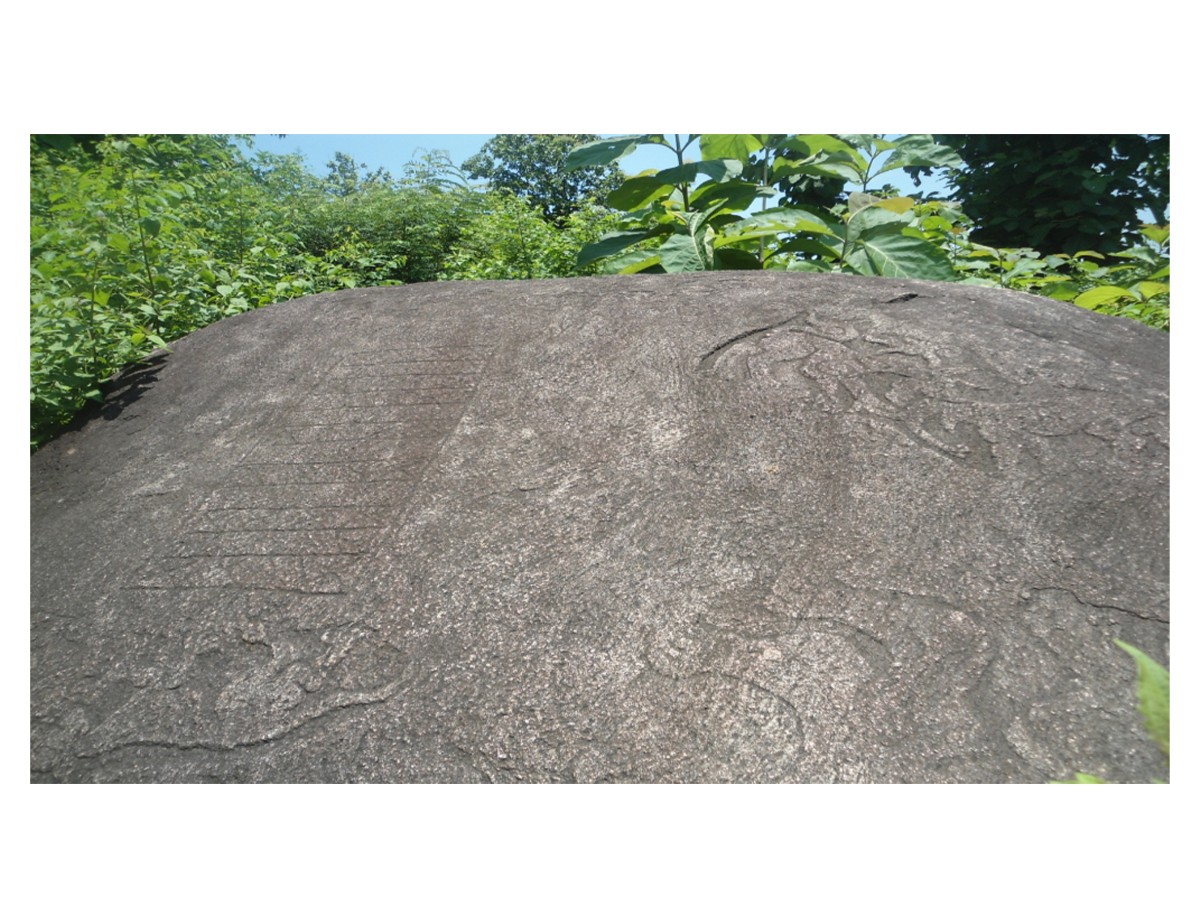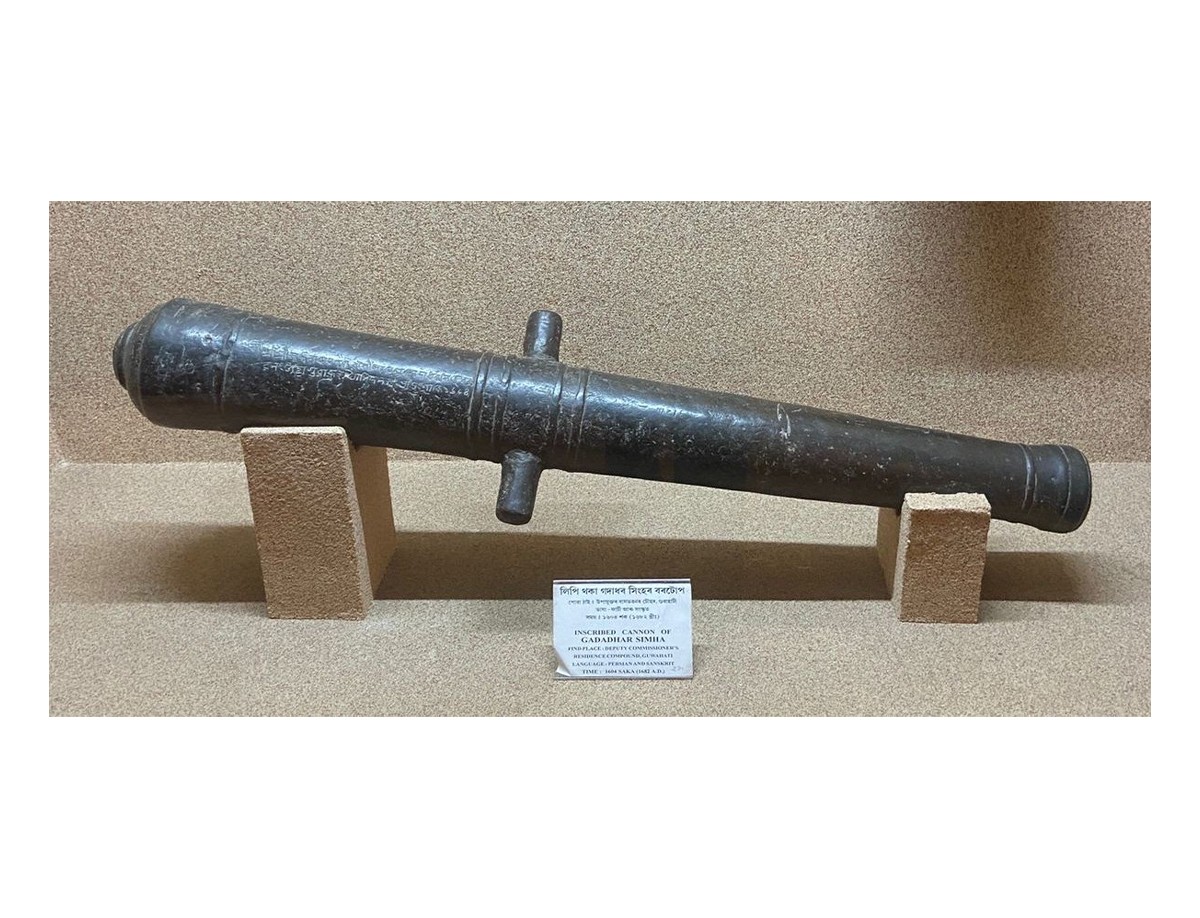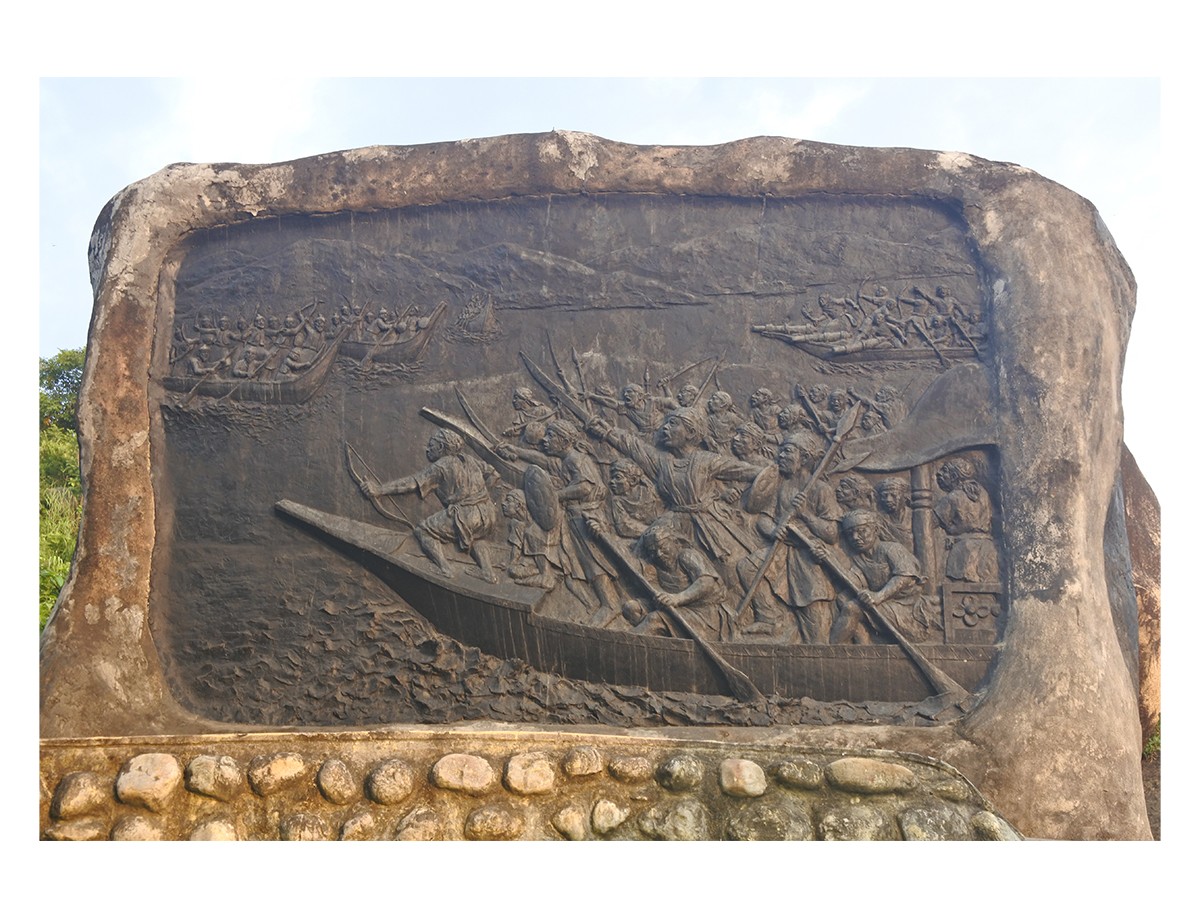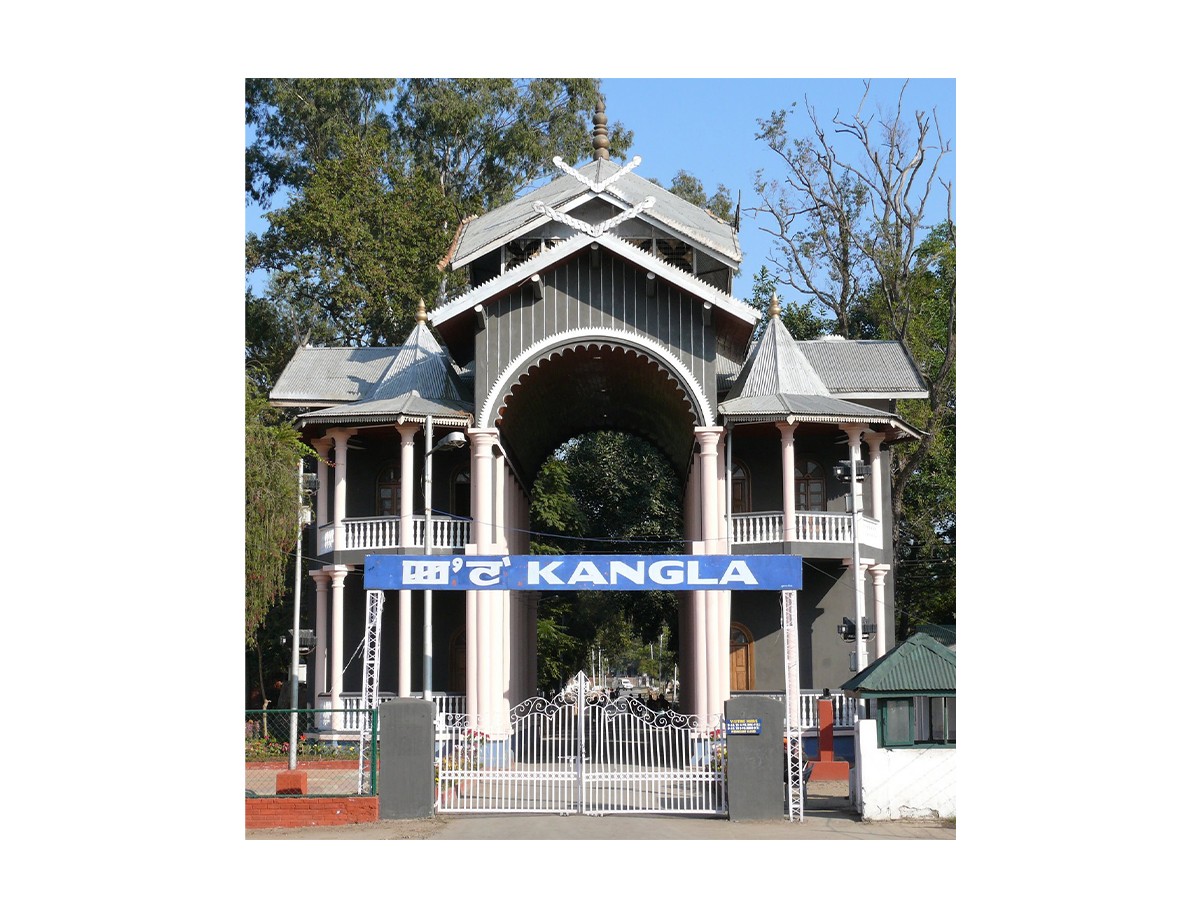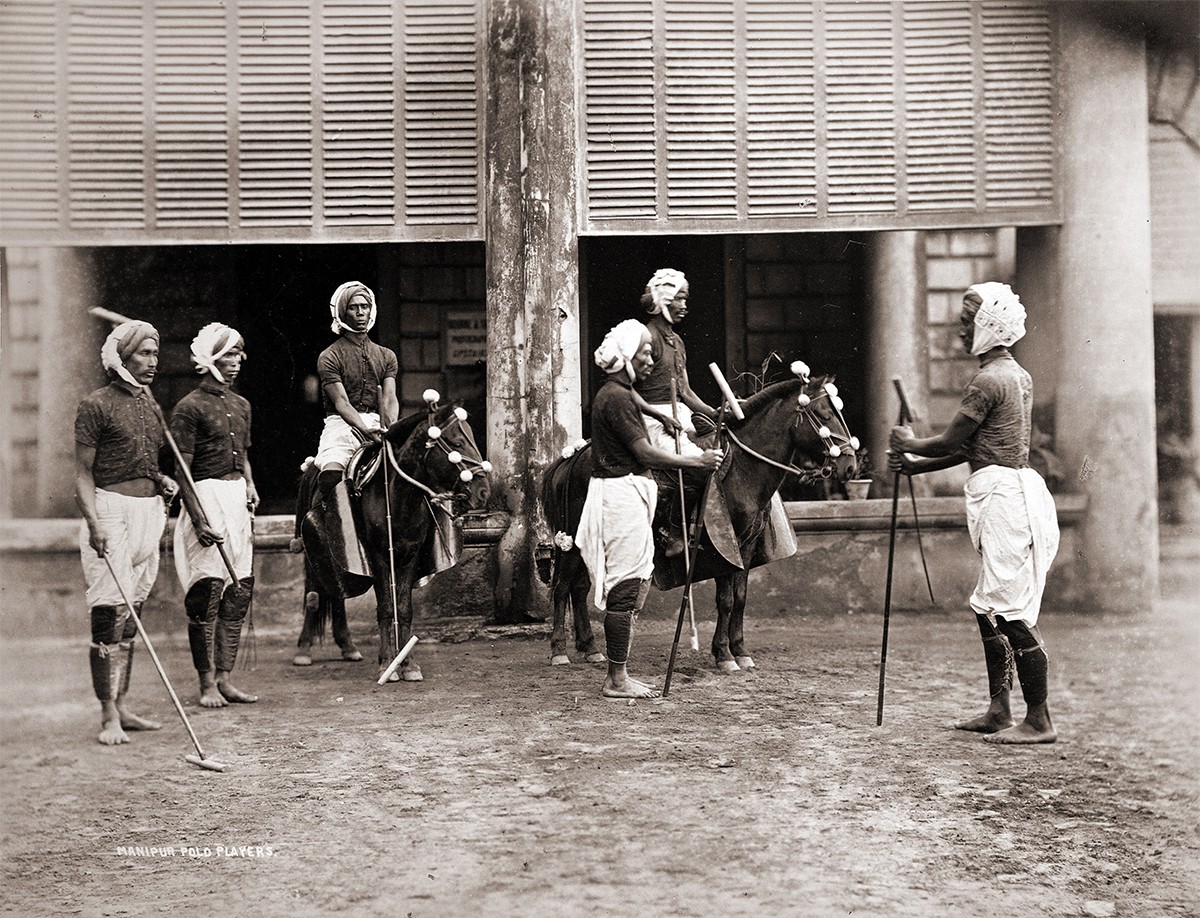Northeastern Kingdoms Establish Political Sovereignty
1615–1680
The Ahom kingdom in present-day Assam spends the better part of the century in wars and skirmishes with the Mughal army, and the Kangleipak kingdom of Manipur repels military attacks from China. Chinese merchants and Muslim soldiers settle in Manipur following a combination of wars and alliances with neighbouring kingdoms under the reign of king Khagemba of Kangleipak, affecting the cosmopolitanism of the region through their adoption of the language and the introduction of various goods and crafts ranging from hookahs to fireworks and gunpowder. Assamese becomes the official language of the Ahom court, as a further effect of the Ekasarana movement.
Bibliography
Dikshit, K. R., Jutta K. Dikshit. North-East India: Land, People and Economy. Dordrecht: Springer Netherlands, 2013.
Laichen, Sun. “Military Technology Transfers from Ming China and the Emergence of Northern Mainland Southeast Asia (c. 1390-1527).” Journal of Southeast Asian Studies 34, no. 3 (2003): 495–517. http://www.jstor.org/stable/20072535.
Feedback 
This entry appears in
Art in South Asia
Visit Timeline
Associated Timeline Events
First Published: March 11, 2024
Last Updated: May 20, 2024



